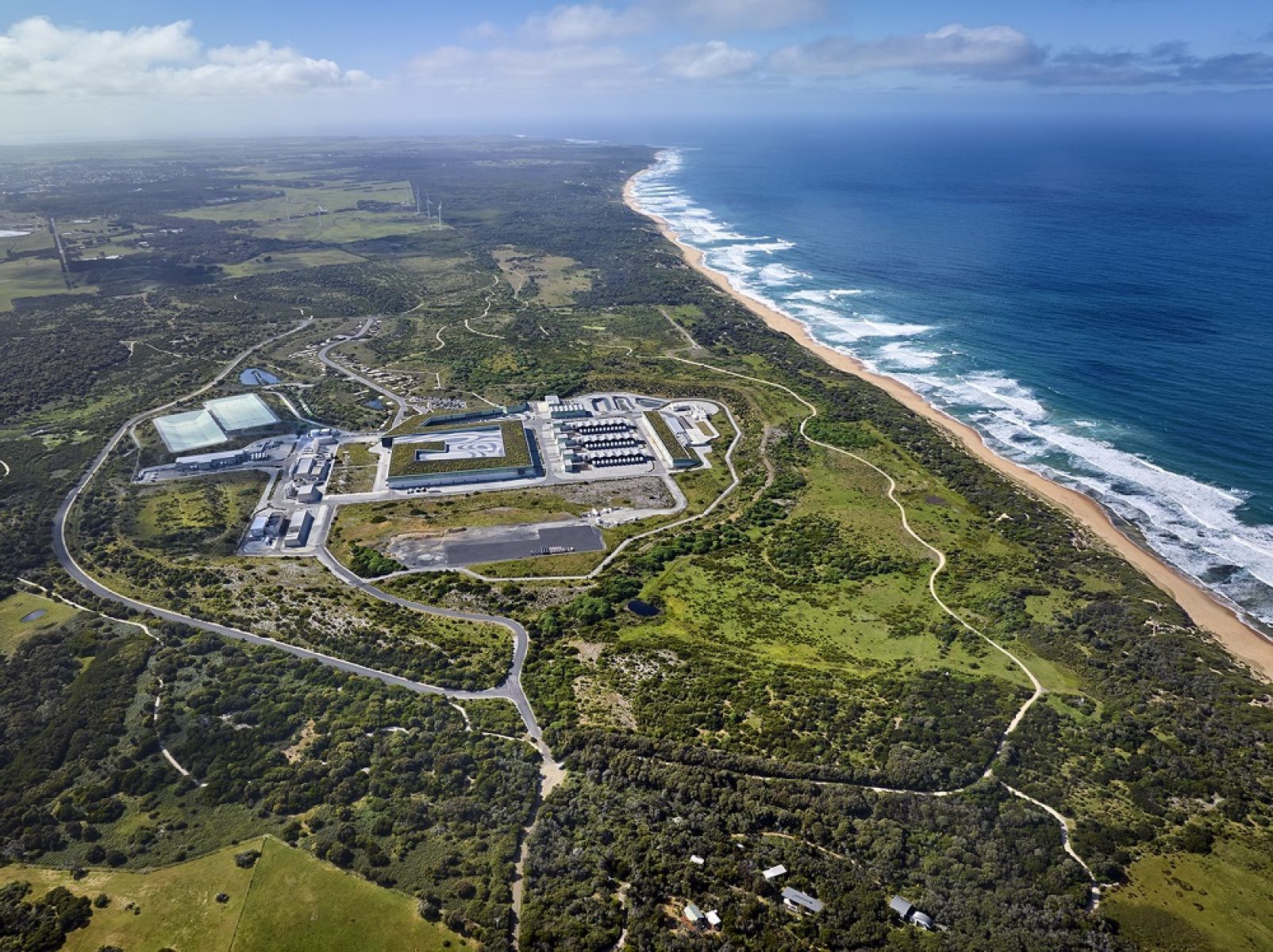
The Victorian Government has ordered 50 gigalitres of water from the Victorian Desalination Plant for next financial year to safeguard Melbourne’s water storages.
The order is based on advice from Melbourne’s water corporations, which has taken into account water storages levels, future demands and forecast climate conditions.
It follows Victoria’s driest summer in more than a decade and the largest annual decrease in Melbourne’s water supplies since the peak of the Millennium Drought.
At the end of March, Melbourne’s water storages were 78.1% full compared with 90.7% at the same time last year - a decline of 12.6% and a difference of 229 billion litres.
Geelong storages hit a six-year low of 42.2%, with the dry conditions driving water consumption up more than 10% above average across the region.
Melbourne’s population grew by 140,000 last year, putting additional pressure on water supplies. Demand is already outstripping supply, with an average year seeing Melbourne using more water than the amount of rainfall captured in reservoirs.
The recent hot and dry conditions are expected to continue through autumn, increasing our reliance on stored and desalinated water.
The Victorian Desalination Plant can provide up to one-third of the Melbourne’s annual water demand, underpinning supply not just for Melbourne but also surrounding areas including Geelong and parts of Gippsland.
Using desalinated water will reduce the need for water restrictions, which have social impacts and economic cost. To date, the Victorian Desalination Plant has produced 455 billion litres of fresh drinking water for Greater Melbourne and regional towns.
In an average year, Melbourne consumes 50 to 70 GL more water than the rainfall captured in its storages, making it essential to look beyond rainfall for water supply solutions.
Desalinated water, along with recycled water, stormwater harvesting and water efficiency programs, are part of the Victorian Government’s work to ensure secure water supplies into the future.
Get the latest water storage data for Melbourne and Geelong:
Page last updated: 04/04/25
